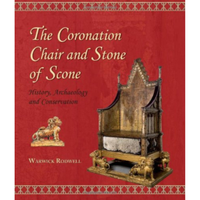The Coronation Chair: The 700-year-old artifact that will play a crucial role in this weekend's ceremony
Once the oldest piece of furniture in England, the Coronation Chair plays host to one of the most significant moments of the historic ceremony
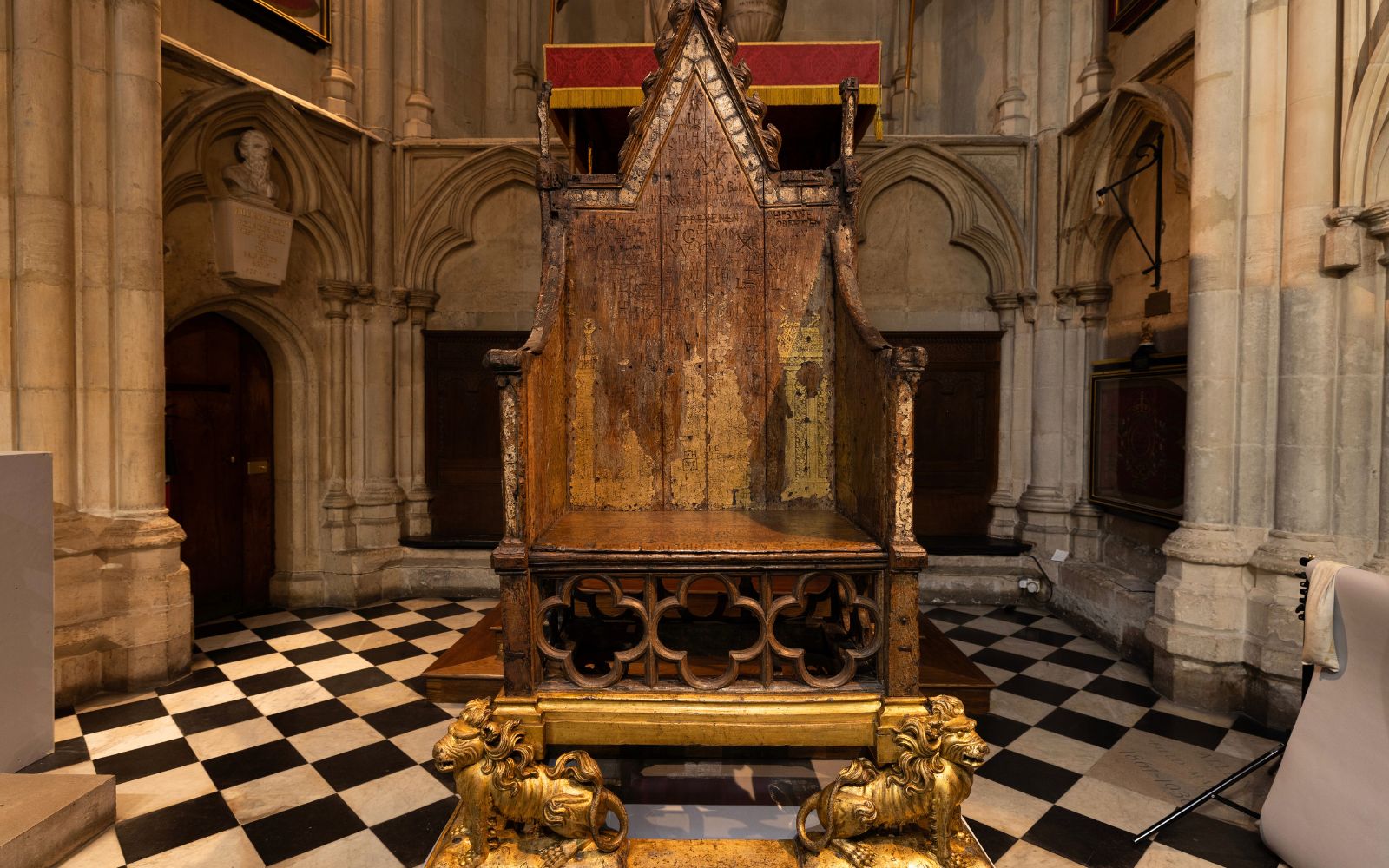

Upon hearing of the coronation, a few historical traditions may come to mind. From Westminster Abbey to the Crown Jewels – the ceremony is a trove of symbolism and power – but perhaps nothing represents this prestige quite like the Coronation Chair.
Once the oldest – and arguably the most famous piece of furniture in England – the 700-year-old artifact has served as the seat for 38 monarchs during their crowning – and King Charles will take his seat there on 6 May.
The chair, known historically as St Edward's Chair or King Edward's Chair, was commissioned by King Edward I, who wanted a chair to enclose the famous Stone of Scone that he carried from Scotland to Westminster Abbey in the year 1296. Designers completed the gilded oak chair in 1300 when it was painted by Master Walter and decorated with patterns of birds, foliage, and animals on a gilt ground.
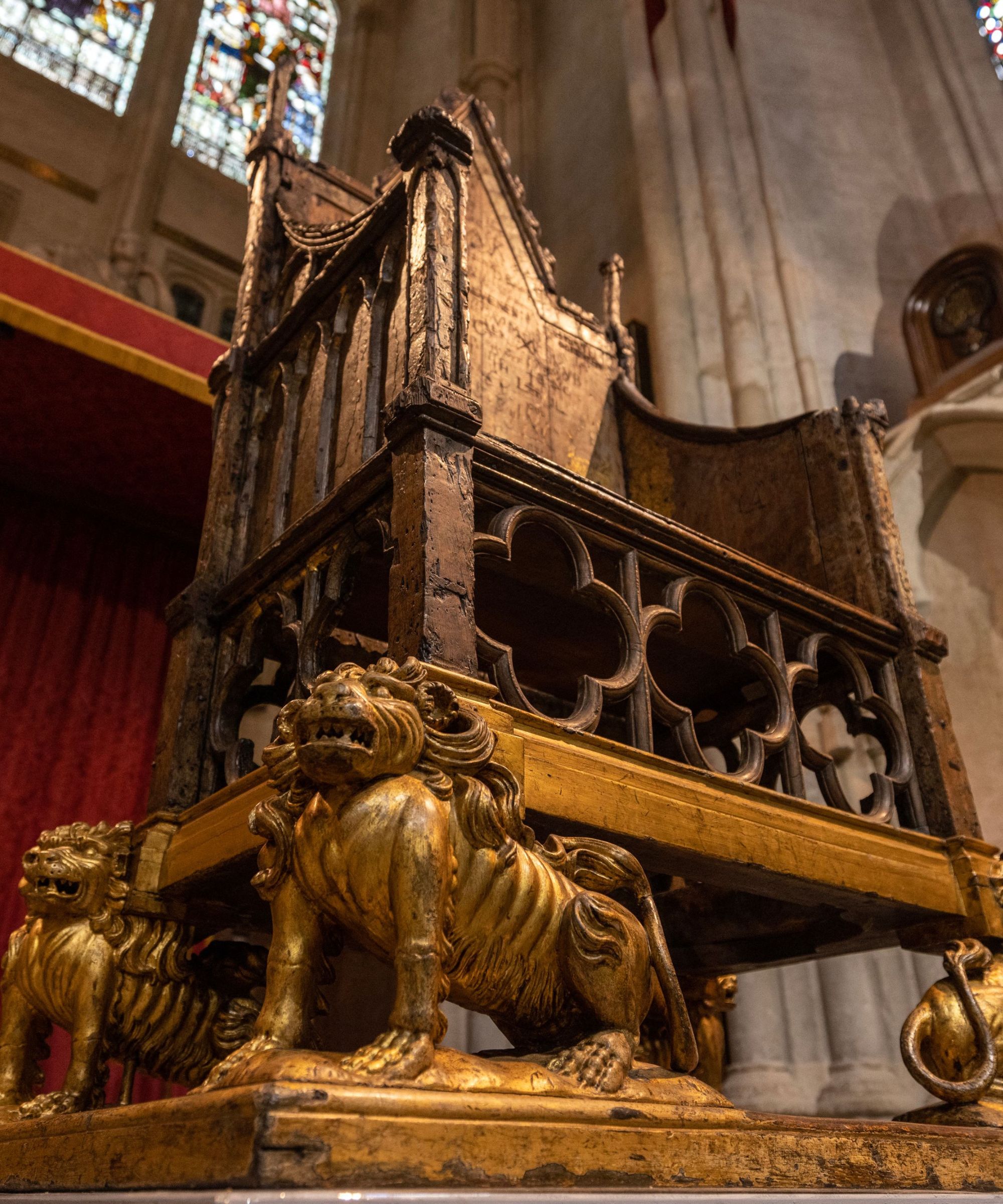
Throughout the centuries, restorers have worked to preserve the original details, however, not everything has survived. The four gilt lions (seen in detail above) were added in 1727 to replace the originals (which were themselves not added until the early 16th century).
Information taken from Westminster Abbey adds that The Stone was originally completely enclosed under the seat – but over the centuries, the wooden decoration had been torn away from the front.
Is the Coronation Chair still used?
In coronation ceremonies, including King Charles' celebration this weekend, the chair stands facing Westminster's High Altar, alongside the Stone of Scone. It has played a significant part in the coronation ceremony since 1308. Historians note that opinion is divided as to when it was actually used for Edward II's crowning. However, it was undoubtedly the case from 1399 when Henry IV was crowned in the Chair.
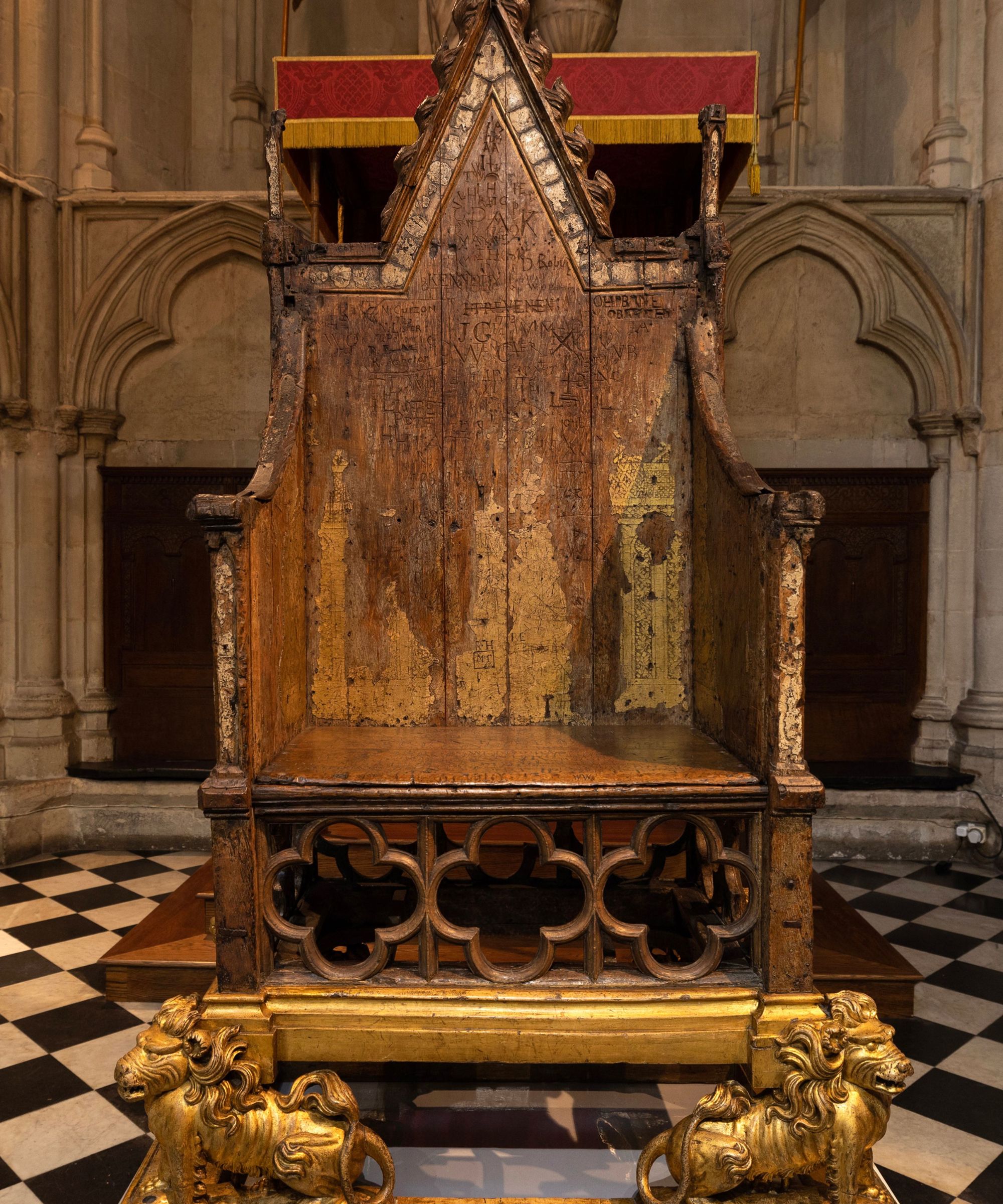
Where is Coronation Chair kept?
On May 6th, we will see the Coronation Chair in Westminster Abbey; however, when it is not in use, it is kept in St George's Chapel in Windsor Castle – the famous royal residence around 22 miles away from Westminster.
Sign up to the Homes & Gardens newsletter
Design expertise in your inbox – from inspiring decorating ideas and beautiful celebrity homes to practical gardening advice and shopping round-ups.
Though the chair was originally designed to house the Stone of Scone, it has sat empty since 1996, when the British Prime Minister (John Major) announced that the stone would be returned to Scotland. The stone is now held in Edinburgh Castle, however, it will return to Westminster Abbey for the coronation ceremony.
The Coronation Chair and Stone of Scone | $26.48 on Amazon
This book explores the deep significance of the Coronation Chair and Stone of Scone – looking at its history, archaeology, and conservation, and presents a factual account of its history.

Megan is the Head of Celebrity Style News at Homes & Gardens, where she leads the celebrity/ news team. She has a history in interior design, travel, and news journalism, having lived and worked in New York, Paris, and, currently, London. Megan has bylines in Livingetc, The Telegraph, and IRK Magazine, and has interviewed the likes of Drew Barrymore, Ayesha Curry, Michelle Keegan, and Tan France, among others. She lives in a London apartment with her antique typewriter and an eclectic espresso cup collection, and dreams of a Kelly Wearstler-designed home.
-
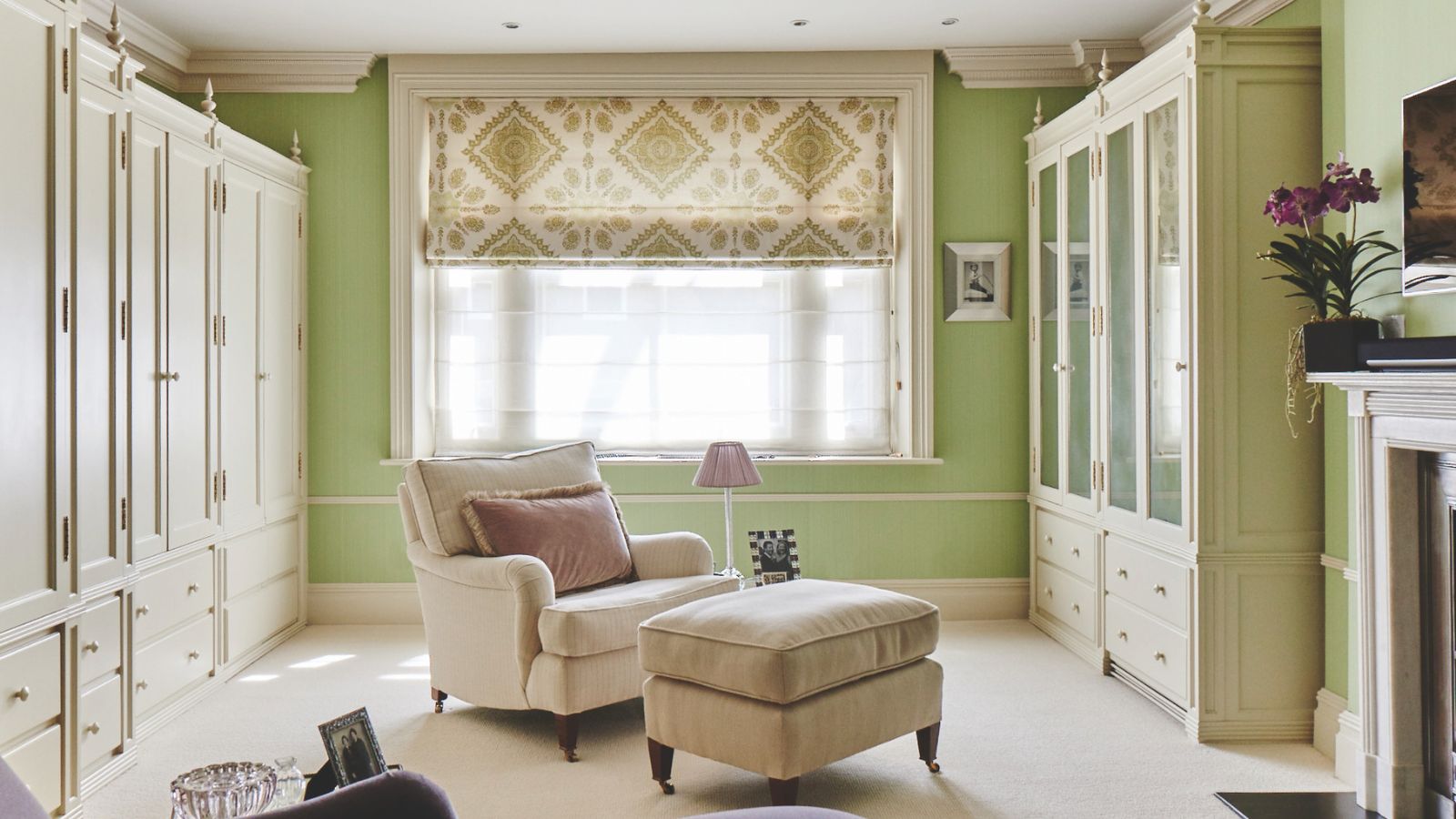 7 expert-approved painting hacks to minimize clean up – to make an already exhausting task easier
7 expert-approved painting hacks to minimize clean up – to make an already exhausting task easierAvoid a backbreaking clean-up after your next painting project with advice from the professionals
By Chiana Dickson
-
 Gwyneth Paltrow's quiet luxury kitchen is so beautiful, we almost overlooked her ultra-smart cabinets – they make the use of 'every inch' of storage space
Gwyneth Paltrow's quiet luxury kitchen is so beautiful, we almost overlooked her ultra-smart cabinets – they make the use of 'every inch' of storage spaceThe Goop founder makes use of dead space in her kitchen with customized cabinetry that reaches to the ceiling, providing ample storage
By Hannah Ziegler
